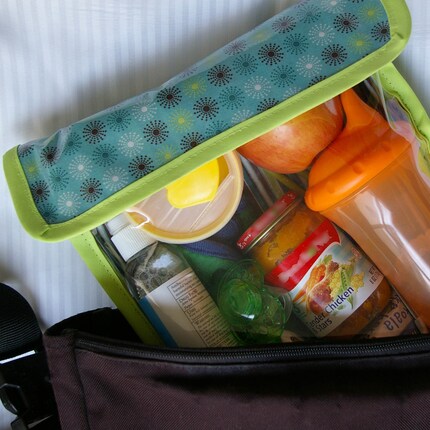Though a vegetarian or vegan diet is best in terms of the impact it has on the environment, many people do not have the time, money, or desire for the huge lifestyle change. Therefore, the next best thing to do is to compare the different types of meat we commonly eat. Remember, unlike men, all meat are
not created equal.

Let's think in terms of the amount of grain an animal must consume vs. the amount of meat the animal produces. According to
BBC News, one cow requires at least
13 pounds of grain in order to make one pound of beef. Pigs need
6 pounds of grain to make one pound of pork. Chickens consume about
2 pounds of feed for each pound of meat. Fish, I believe, need a little less.
Let's say the standard serving of meat is 4 oz. per person (of course, nowadays the perception of portion sizes in blown out of proportion, with half-pound burgers and 12 oz. steaks). A family of four eats meat at two meals out of the day, meaning 28 meals a week. That's over 1400 pounds a year. Now, if the family chose chicken over beef each time, they would be saving over 16,000 pounds of grain annually!
Now multiply this number by the number of meat-consuming families in the world. It's an astronomical figure! We could do so much with this amount of food, including easing third world hunger.
Of course, this is the basic outline, but there are many other benefits.
Environmental
Less water used (beef requires the most, then pork, etc.)
Less fossil fuels used (again, cattle require the most equipment/trucks/shelter)
Less land degradation
Cost
Generally speaking, beef is the most expensive, then pork, then chicken (fish is the exception)
Health
Again, on average beef has the most saturated fat and cholesterol. Chicken and fish have many more health benefits.
If you just can't give up your meat, remember, fish> chicken > pork > beef. Obviously, there are many problems with the chicken and fish market (overfishing, anyone?), but this is a general guide you should use.
 Happy almost 2009 everyone! Is everyone making their resolutions for the new year? Many people make resolutions about finances, organization, family, friends, and exercise, but what about the environment?
Happy almost 2009 everyone! Is everyone making their resolutions for the new year? Many people make resolutions about finances, organization, family, friends, and exercise, but what about the environment?
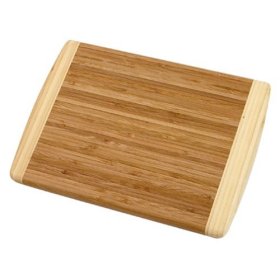





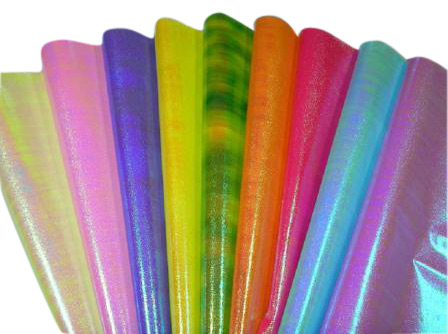
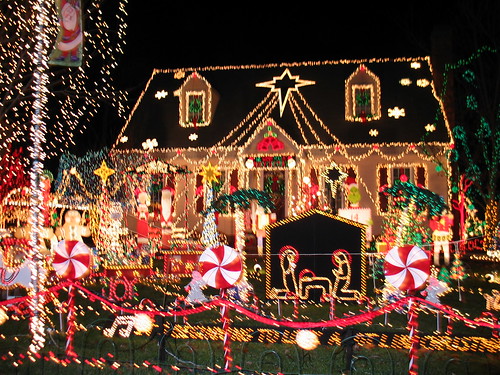



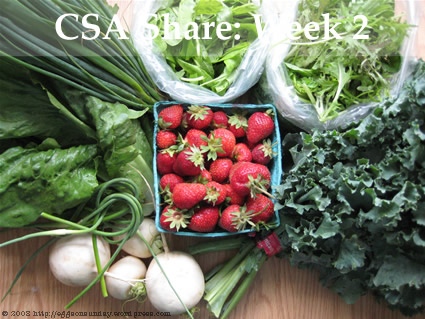






 Here are the worst:
Here are the worst:














